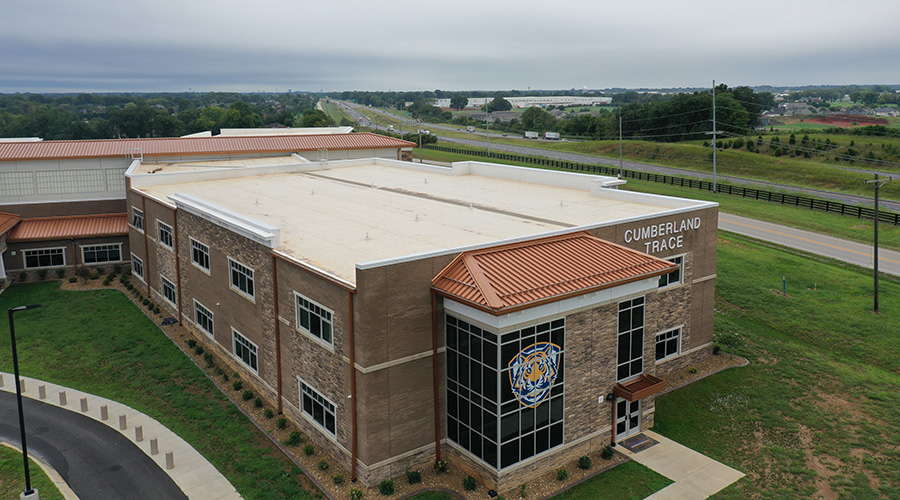Energy Calculations Help Determine Payback Of Energy Conservation Measures In Facility Master Plan
Energy calculations are a key part of the reporting process. Such calculations determine how much energy the current systems are using and how much energy could be saved if the recommended energy conservation measures (ECMs) are implemented. The calculations provide detail around the estimated cost of an ECM, or its estimated payback.
For example, in many older school spaces with tall ceilings, such as gymnasiums and cafeterias, a popular ECM
centers on existing high-intensity discharge (HID) lighting. In these instances, replacement of traditional HID lights with high-bay fluorescent fixtures can save 35 to 60 percent of energy costs.
When identifying an ECM in the reporting process, it is important to keep the goals of the building in mind. Energy calculations may reveal that an ECM pays for itself in virtually no time, but if it doesn't align with the goals of the facility, it won't make it into the master plan. Similarly, an ECM must be prioritized to maximize a facility's previous investments.
Armed with a report of all that has been identified, a facility manager can begin to incorporate the findings into the master plan for the facility. When incorporating an ECM into the master plan, plans for the building's existing systems should be carefully considered.
Consider ECMs at Springboro Junior High School. Among the ECMs identified for the school's master plan, several were tied into the cooling tower, like controls and sequencing upgrades. However, the age of the existing cooling tower meant it would need a replacement soon. When it came time to incorporate the ECMs into the master plan, Springboro held off on the steps tied to the cooling tower until a new tower was in place. This step saved the school from upgrading the controls and sequencing twice.
A primary challenge to incorporating energy conservation into a master plan is the budget. Many school districts struggle to find funding for even basic ECMs.
Due to the reality of budget restrictions, ECMs have to be prioritized based upon not only a facility's goals and existing systems, but also its budget.
Butler Tech in Hamilton, Ohio, recently experienced a situation that required prioritizing its ECM to meet budget restrictions. During the summer months, its chiller broke down. Rather than selecting a "like" replacement, Butler Tech set out to identify more energy-efficient options. An energy audit identified a more efficient chiller with a payback over time. The audit also recommended replacing the facility's two outdated boilers. While upgrading the boiler system would increase efficiency, the budget for two $100,000 boilers was not available. For now, Butler Tech has upgraded its chiller and added to the master plan the ECM to replace its boiler system.
Butler Tech is a good example of the benefits of the process of linking energy efficiency and strategic planning. With proper planning and priority-setting, funding for ECMs can be adjusted and allocated annually to allow implementation over time.
The facility manager of an educational facility has much to gain by incorporating energy considerations into the facility's master plan. Costs saved by energy upgrades can help offset the rising cost of energy and may even be redirected to additional upgrades for a facility. These measures can also serve as a detailed road map for the facility to ensure that a facility manager can properly plan for more energy-efficient upgrades in the future.
Josh Gentry, EI, LEED GA, CEM, joined SHP Leading Design in 2010 as a mechanical designer. He has been responsible for the mechanical design on more than $100 million in educational facilities and has performed energy assessments on more than 1 million square feet of educational and public spaces as well. He can be reached at jgentry@shp.com.
Related Topics:













